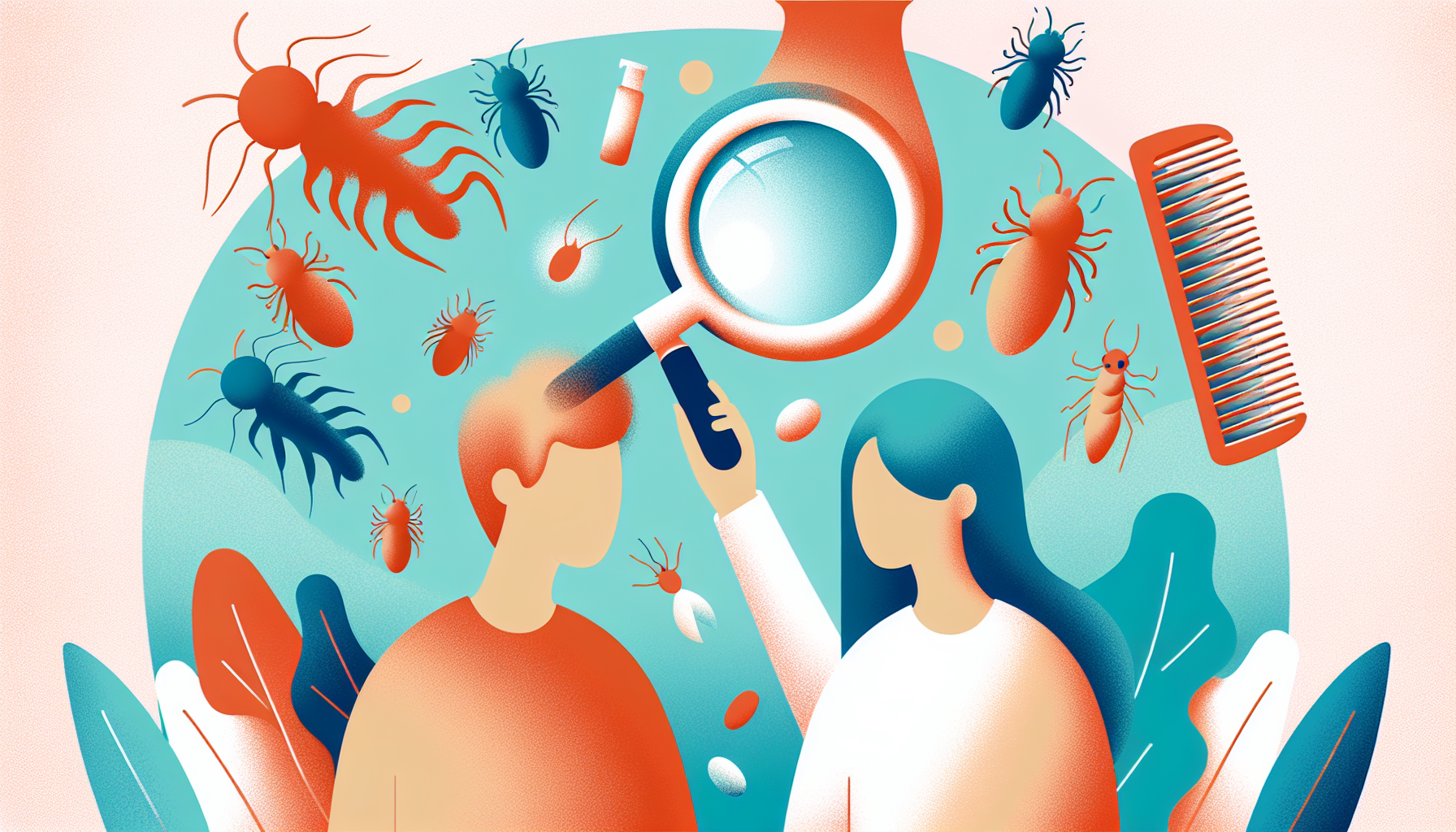Can I Take Zepbound a Day Early?
Key TakeawaysZepbound is a once-weekly injectable medication for weight management and obstructive sleep apnea (OSA) linked to obesity.Taking Zepbound a day early is [...]
Read MoreHead lice are tiny insects that can infest the scalp and cause intense itching. While they don't spread disease, they can be very uncomfortable and easily spread from person to person. In this article, we'll cover the basics of head lice, including symptoms, identification, and treatment options.
Head lice are small, parasitic insects that feed on human blood and live close to the scalp. They are most common among children in elementary and middle school, with an estimated 6 to 12 million cases each year in the United States. Despite popular belief, having head lice is not a sign of poor hygiene—anyone can get them.
The most common symptoms of head lice include:
Intense itching on the scalp, often worse at night
A rash around the hairline
Visible lice or lice eggs (nits) in the hair
Head lice do not jump or fly; they crawl from one head to another through direct head-to-head contact. They can also spread by sharing items that come in contact with the head, such as:
Hats and helmets
Combs and brushes
Bedding and pillows
Earbuds and headphones
Young children may also get or spread lice when crawling on rugs.

There are three stages of head lice to look for:
Nits (lice eggs): Tiny, oval-shaped eggs about the size of a knot in thread. They are usually yellow or white but can match the color of the hair. Nits are found on the first 1-2 inches of hair closest to the scalp and are difficult to remove.
Nymphs: Baby lice that hatch from nits. They feed on blood from the scalp and mature over 9-12 days.
Adult lice: About the size of a sesame seed (2-3mm), adult lice are tan or grayish-white and have six legs with claws to grip hair. They can live for 30 days on the scalp but die within 1-2 days if they fall off.
If you suspect your child has head lice, consult with your healthcare provider or pharmacist for treatment recommendations. Over-the-counter and prescription medications are available to kill lice and nits. Be sure to follow the instructions carefully and repeat the treatment as directed to ensure all lice are eliminated.
In addition to treating the scalp, it's important to wash bedding, clothing, and other items that have been in contact with the infested person in hot water. Seal non-washable items in a plastic bag for 2 weeks. Soak combs and brushes in hot water for 5-10 minutes.
Remember to notify your child's school if head lice are discovered so they can take steps to prevent the spread to other students. By understanding the symptoms, identification, and treatment of head lice, you can help keep your family comfortable and lice-free.
For more information on head lice, visit:
Key TakeawaysZepbound is a once-weekly injectable medication for weight management and obstructive sleep apnea (OSA) linked to obesity.Taking Zepbound a day early is [...]
Read MoreKey TakeawaysZepbound is an FDA-approved medication for chronic weight management in adults with obesity or overweight, and for moderate to severe obstructive sleep apnea [...]
Read MoreKey TakeawaysZepbound is a once-weekly injectable medication that supports weight loss by activating hormone pathways regulating appetite and digestion.After the first dose, [...]
Read More